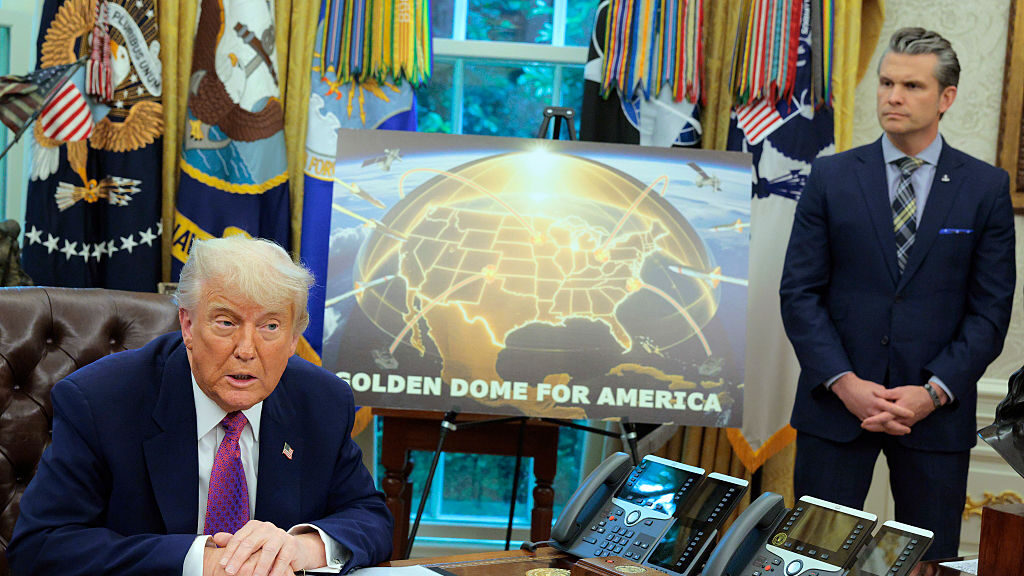Four-Layered System Aims for 2028 Completion
The Trump administration has revealed new details about its ambitious Golden Dome missile defense system, a $175 billion project designed to protect the continental U.S., Alaska, and Hawaii from missile threats. According to a classified slide presentation obtained by Reuters, the system will feature four integrated layers:
-
Space-based sensors for early warning and tracking
-
Three land-based defense layers including interceptors, radar arrays, and potential laser weapons
The plan includes 11 short-range missile batteries spread across strategic U.S. locations, along with a surprise new missile field in the Midwest for Next-Generation Interceptors (NGI) made by Lockheed Martin.
Funding & Uncertainties Remain
While Congress has already allocated $25 billion for Golden Dome, the full cost remains unclear due to unresolved technical challenges, including:
-
Undetermined numbers of launchers, interceptors, and ground stations
-
Potential communication delays in the “kill chain” between detection and interception
-
The need for rapid deployment to meet Trump’s 2028 deadline
The Pentagon has requested an additional $45.3 billion in the 2026 budget, but defense officials admit key architecture decisions are still pending.
Inspired by Iron Dome, But Far More Complex
Modeled after Israel’s Iron Dome, Golden Dome is significantly larger and more sophisticated, designed to counter intercontinental ballistic missiles (ICBMs) from rogue states. The system will integrate existing defense tech, including:
-
Terminal High Altitude Area Defense (THAAD)
-
Aegis missile systems
-
Ground-Based Midcourse Defense (GMD) upgrades
Notably absent from the slides was SpaceX, despite previous speculation about Elon Musk’s involvement. Major contractors like Lockheed, Boeing, RTX, and Northrop Grumman are expected to lead development.
Political & Technical Challenges Ahead
The Pentagon has remained tight-lipped, stating it’s too early to disclose specifics. However, critics question whether the aggressive timeline is feasible, given:
-
Unproven space-based tracking capabilities
-
Potential cost overruns
-
The risk of rushed deployment compromising effectiveness
With Trump pushing for completion by 2028, Golden Dome could become one of the most expensive—and controversial—defense projects in U.S. history.



